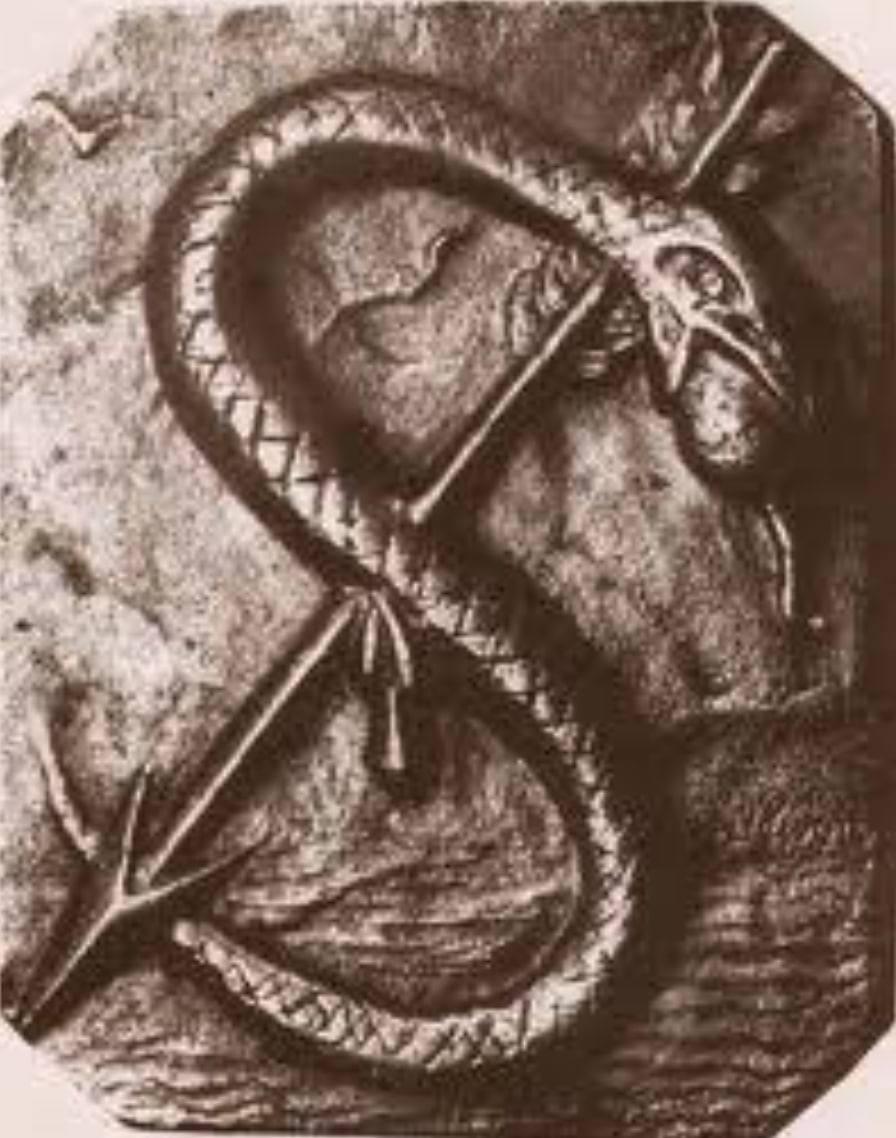Count Alessandro di Cagliostro 2 June 1743 – 26 August 1795) was the alias of the occultist Giuseppe Balsamo; in French usually referred to as Joseph Balsamo), an Italian adventurer.
The history of Cagliostro is shrouded in rumour, propaganda, and mysticism. Some effort was expended to ascertain his true identity when he was arrested because of possible participation in the Affair of the Diamond Necklace.
Johann Wolfgang von Goethe relates in his Italian Journey that the identification of Cagliostro with Giuseppe Balsamo was ascertained by a lawyer from Palermo who, upon official request, had sent a dossier with copies of the pertinent documents to France. Goethe met the lawyer in April 1787 and saw the documents and Balsamo's pedigree: Balsamo's great-grandfather Matteo Martello had two daughters: Maria, who married Giuseppe Bracconeri; and Vincenza, who married Giuseppe Cagliostro. Maria and Giuseppe Bracconeri had three children: Matteo; Antonia; and Felicità, who married Pietro Balsamo (the son of a bookseller, Antonino Balsamo, who had declared bankruptcy before dying at age 44). The son of Felicità and Pietro Balsamo was Giuseppe, who was christened with the name of his great-uncle and eventually adopted his surname, too. Felicità Balsamo was still alive in Palermo at the time of Goethe's travels in Italy, and he visited her and her daughter.
Cagliostro himself stated during the trial following the Affair of the Diamond Necklace that he had been born of Christians of noble birth but abandoned as an orphan upon the island of Malta. He claimed to have travelled as a child to Medina, Mecca, and Cairo and upon return to Malta to have been admitted to the Sovereign Military Order of Malta, with whom he studied alchemy, the Kabbalah, and magic. Cagliostro, Wikipedia
“I belong neither to any century nor to any particular place; my spiritual being lives its eternal existence outside time and space. When I immerse myself in thought I go back through the Ages. When I extend my spirit to a world existing far from anything you perceive, I can change myself into whatever I wish. Participating consciously in absolute being, I regulate my action according to my surroundings. My country is wherever I happen to set foot at the moment … I am that which is … free and master of life. There are beings who no longer possess guardian angels: I am one of those.” Conté Alessandro di Cagliostro
Bust of Conté Alessandro di Cagliostro (1786)
by Jean-Antoine Houdon (Mar. 20th, 1741–Jul. 15th, 1828)
National Gallery of Washington, Washington D.C.

Count Alessandro di Cagliostro
Known as the Seal of Cagliostro, this unusual symbol depicts a serpent with an apple in its mouth, impaled with an arrow. This was found amongst the personal effects of Count Cagliostro upon his death in 1795. While the symbol has obvious alchemical elements, its precise meaning is unknown.Nineteenth century occult writer Eliphas Levi has this to say regarding this emblem:
As explained by the cabalistic letters of the names Acharat and Althotas, it expresses the chief characteristics of the Great Arcanum and the Great Work. It is a serpent pierced by an arrow, thus representing the letter Aleph, an image of the union between active and passive, spirit and life, will and light. The arrow is that of the antique Apollo, while the serpent is the python of fable, the green dragon of Hermetic philosophy. The letter Aleph represents equilibrated unity. This pantacle is reproduced under various forms in the talismans of old magic… . The arrow signifies the active principle, will, magical action, the coagulation of the dissolvent, the fixation of the volatile by projection and the penetration of earth by fire. The union of the two is the universal balance, the Great Arcanum, the Great Work, the equilibrium of Jachin and Boaz. The initials L.P.D., which accompany this figure, signify Liberty, Power, Duty, and also Light, Proportion, Density; Law, Principle and Right. The Freemasons have changed the order of these initials, and in the form of L.’.D.’.P.: . they render them as Liberte de Penser, Liberty of Thought, inscribing these on a symbolical bridge, but for those who are not initiated they substitute Liberte de Passer, Liberty of Passage. In the records of the prosecution of Cagliostro it is said that his examination elicited another meaning as follows: Lilia destrue pedibus: Trample the lilies under foot; and in support of this version may be cited a Masonic medal of the sixteenth or seventeenth century, depicting a branch of lilies severed by sword, having these words on the exergue: Talem dabit ultio messem – Revenge shall give this harvest.
The image was later incorporated into the emblem of the Hermetic Brotherhod of Luxor.
